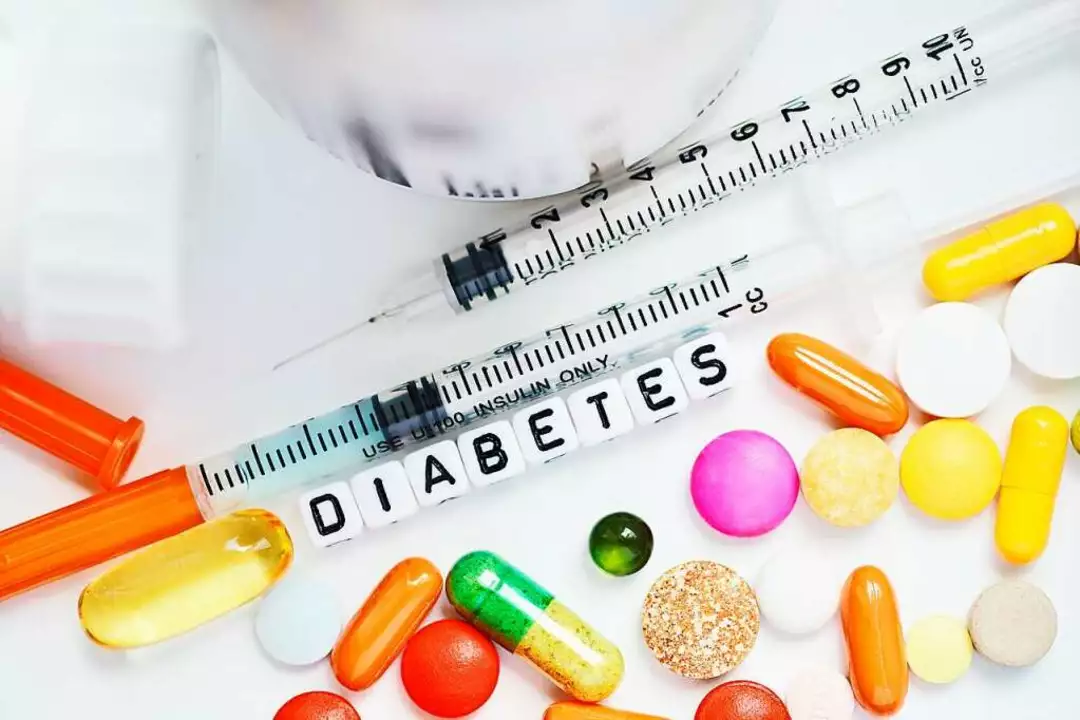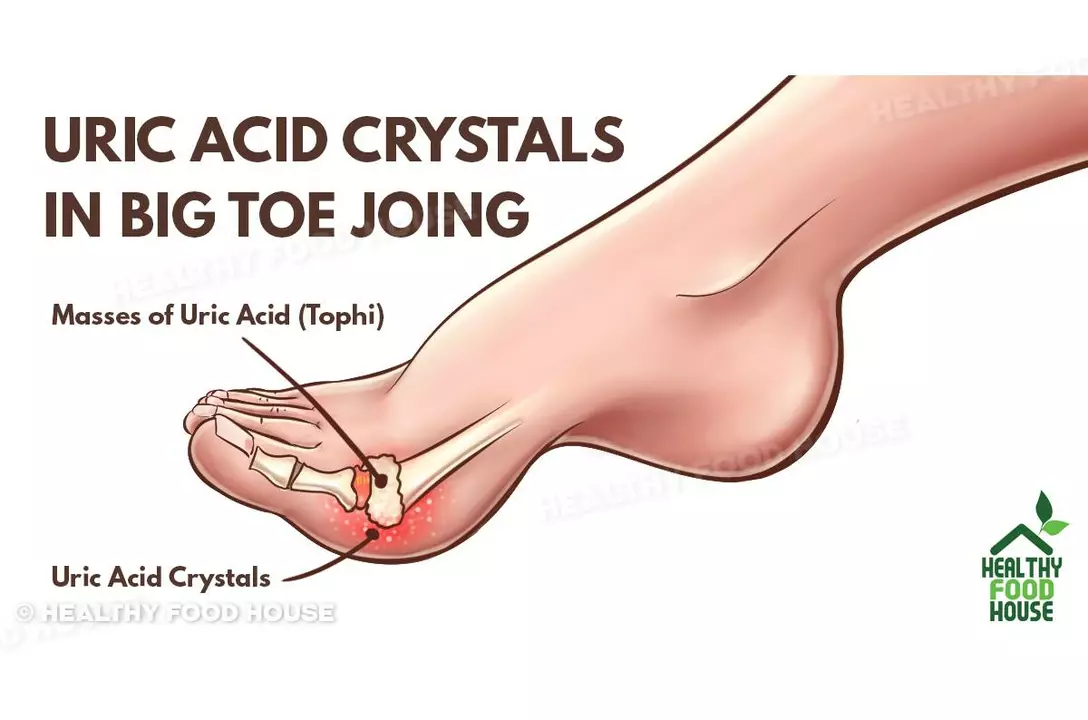Exercise: Simple, Safe Routines and Med-Friendly Tips
Exercise boosts mood, heart health, sleep, and energy. You don’t need a gym or fancy gear—short, regular movement beats none. This page pulls together practical ideas and safety tips so you can start or keep going without guesswork.
Quick, safe exercise plans
Begin with three 20–30 minute sessions a week. Mix walking, bodyweight moves (squats, lunges, push-ups), and short stretching or yoga sets. For busy days try two 10-minute blocks: brisk walk, stair climbs, or a full-body circuit of squats, planks, and lunges. Use a timer and aim for steady effort, not full exhaustion.
Strength matters more than size. Two sessions of resistance work per week helps balance, bone health, and daily function. You can use cans, water bottles, or resistance bands. Focus on form: move slowly and control each rep.
Exercise when you’re on meds or have health issues
Many medications change how your body responds to exercise. Blood pressure medicines can cause lightheadedness when you stand quickly. Beta blockers may limit heart rate response, so use perceived effort instead of heart rate targets. Antidepressants can affect balance or energy—start easier and build up. Pain meds can mask injury, so don’t push through unusual pain.
If you have breathing problems like asthma or COPD, pick activities that match your pattern—walking, cycling, or interval-style workouts often work well. Ask your doctor about inhaler timing and whether a long-acting bronchodilator fits your plan.
Pain, joint problems, or recent surgery need extra caution. Low-impact options like swimming, cycling, and yoga reduce joint stress. Seniors should prioritize balance and leg strength to cut fall risk. If you have a complex condition, tell your clinician your goals so they can tailor safe limits and red flags.
Skin and hygiene matter. If you’re prone to jock itch, choose breathable fabrics and change out of sweaty clothes quickly. Washing workout gear on hot wash cycles helps prevent fungal flare-ups.
Yoga and meditation aren’t just stretching—they give real mental health benefits. For people with major depressive disorder, short daily practice plus regular movement can lift mood and improve sleep. Try guided sessions of 10–20 minutes to start.
Track progress simply: distance walked, minutes exercised, or how many times a week you moved. Small wins build habit faster than perfection. If a medication change happens, reset slowly—your tolerance can shift in days or weeks.
Want reading that matches your needs? Check our articles on yoga for depression, jock itch clothing tips, and exercise considerations with blood pressure or antidepressant medicines. Use them to shape a plan that fits your life and health.
Warm up five to ten minutes before hard work and cool down after. Hydrate before, during, and after sessions—thirst is a late signal. Set small weekly goals (minutes, distance, or reps) and reward consistency, not perfection. Group classes, walking buddies, or online challenges keep you accountable. Stop and call a clinician if you have chest pain, fainting, severe breathlessness, or new swelling in a limb or unexplained dizziness immediately.






